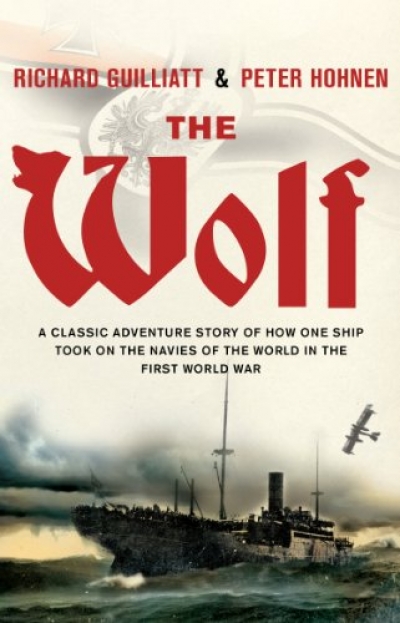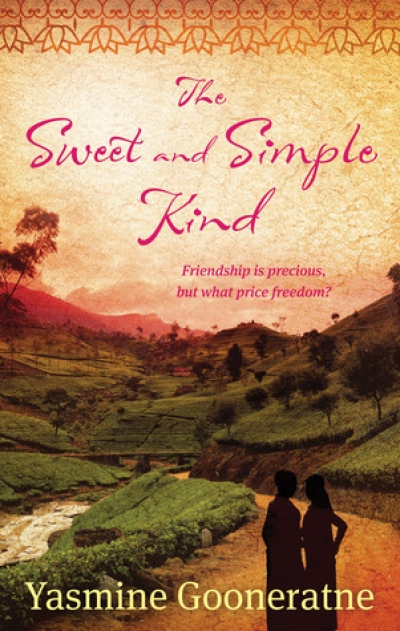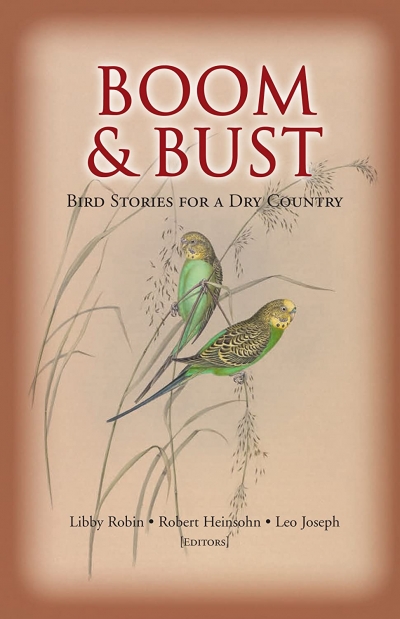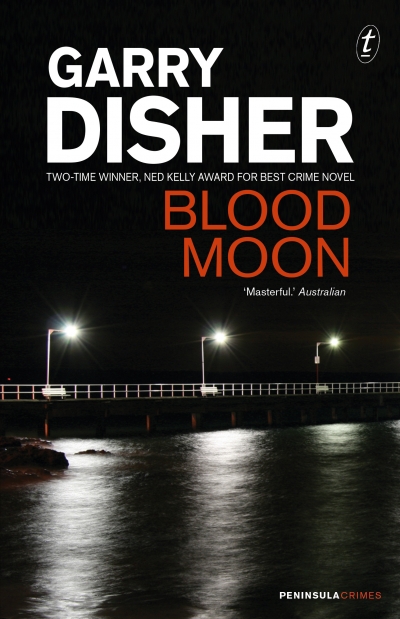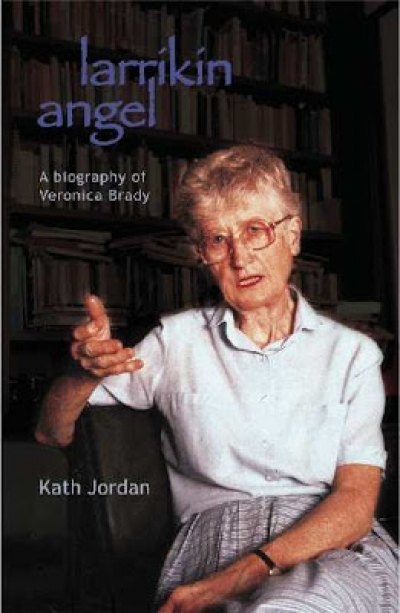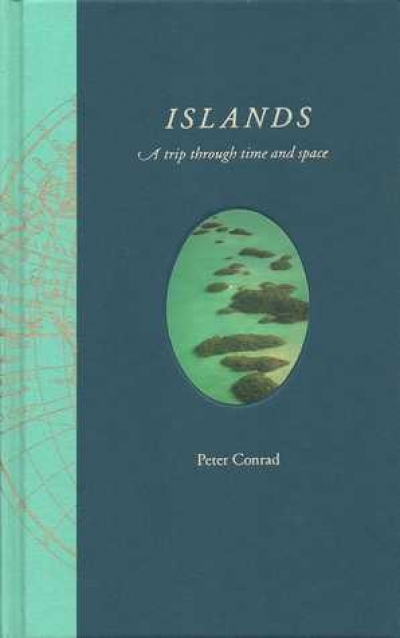Archive
Look Who’s Morphing by Tom Cho & Why She Loves Him by Wendy James
by Adam Rivett •
The Wolf: The most audacious warship of World War One and its 15-Month campaign of terror against Australia and the world by Richard Guilliatt and Peter Hohnen
by Peter Pierce •
The Sweet and Simple Kind: A novel Of Sri Lanka by Yasmine Gooneratne
by Alison Broinowski •
Boom & Bust: Bird stories for a dry country edited by Libby Robin, Robert Heinsohn and Leo Joseph
by Peter Menkhorst •
‘It wasn’t like that in the book’ is one of the commonest and most irritating responses to film versions of famous novels. Adaptation of literature to film seems to be a topic of enduring interest at every level, from foyer gossip to the most learned exegesis. Sometimes, it must be said, the former is the more entertaining, but this is no place for such frivolity.
... (read more)


